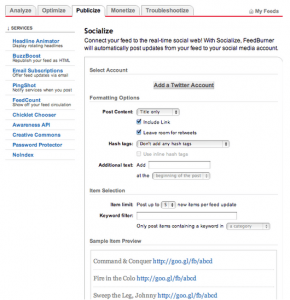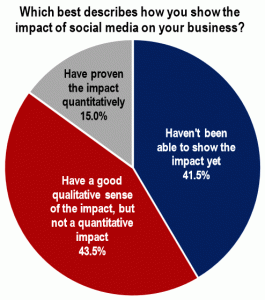
Are your written proposals getting positive responses?
I’m not just talking about getting a “yes” answer to the service you’re proposing to clients. Are your proposals getting you a “You understand me. HECK YES I WANT TO HIRE YOU” response?
If not, you might want to rethink how you’re writing them.
Writing a proposal is a lot like writing a piece of marketing content. The idea is to show your audience that you understand them and that you can solve their problems.
You don’t have to be an experienced copywriter to do this. For a better response from potential customers, you just have to nail down these three elements in your proposals.
Empathize With Your Audience
Establish that you know who the client is and what they care about.
Don’t just put the client’s name at the top of the proposal document. Dedicate an introductory section to explaining what their business is, what they do and who they serve.
You’ll get much of this information from their inquiry or consultation call. But don’t stop there. Get to know them better by doing some research. Take a look at their website and their LinkedIn profile. What have they been tweeting about lately? What businesses are they partnered up with? Are they members of an organization that you’re familiar with (or part of yourself)?
Really put yourself in the client’s shoes. Then write a detailed summary of who they are as you understand them. Not only does this show the client that you actually took the time to understand their business, but it will also help with the next two items in this post.
Acknowledge the Client’s Problems
As I stated in the beginning of this post, you need to show your potential client that you can solve their problems. Not just solve the problems they state, mind you. Solve the unspoken problems as well.
Sometimes those unspoken problems include a tight budget, a hard-to-convince committee of decision-makers, or a lack of knowledge about your field of expertise. Your job in your proposal is to connect with your potential client. This requires a deep understanding of their real issues.
Listen to what the client says to you. Then read between the lines. For example, I recently spoke with a client who said this was the first time they had hired a copywriter. This told me that they might need some handholding in terms of project management, and I will need to be clear with them about how I work and what communication they can expect.
Write your understanding of the client’s problems into your proposal. This will 1) reassure them that you were listening, and 2) reassure them that you actually understand what they need.
State Your Solution in Terms of Impact
“I will write 4 blog posts per month.” Does that mean anything to you?
What about, “I will write 4 blog posts per month that tie with your sales cycle to strategically promote your products and increase traffic to your website. These posts can also be used in your monthly newsletter and on your social media channels to build your credibility and provide value to your audience.”
See the difference? In the first example, the client receives blog posts. In the second, the client receives product promotion, web traffic, boosted credibility, and value-adds for their audience. Same solution, bigger impact.
Your solution should make an impact on the client’s everyday life. Whether that’s saving them time, increasing their sales, saving them money or making a process easier – it should be clear that your solution solves a problem in a real (hopefully measurable) way.
Now, when writing your proposal, make sure you tie your solution to the client’s problems.
For example, if you’re a business coach and your client’s problem is that he needs to generate more sales, your solution might be: A three-month package of weekly coaching calls that will result in 20% more sales.
Or if you’re selling tech support and your client’s problem is that she needs to decrease tech-related downtime (i.e. system issues keep shutting the office down for hours on end), your solution might be: one year of 24×7 tech support with a 1-hour response time guarantee.
Go on to detail the scope, as well as the expectations for both you and the client. But remember to tie it all to the problem you are solving for the client.
An In-Depth Proposal is NEVER a Waste of Your Time
The layout of the proposal and the other elements you include will differ based on your industry. But no matter what kind of business you are in, to get more HECK YESes from potential clients, it’s important to empathize with them and present impactful solutions that tie to the problems they are facing.
From service professionals, especially, I’ve heard the complaint that it’s a waste of time to write a thorough proposal if they don’t get hired. I’ve felt that way myself from time to time – but I always come back to writing comprehensive proposals for three reasons:
- It’s better to make a great impression on a client – even if they don’t end up hiring you. You never know if they’ll end up needing your services in the future.
- Writing detailed accounts of your solutions is great practice. It will help you hone your messaging and keep your pitch fresh in your mind.
- You will almost always be able to repurpose anything you write with just a few tweaks to the wording. Think about it. How many times have you written a proposal for the same industry? An unaccepted proposal is a swipe file for later use.
Your Turn
Have you ever knocked it out of the park with a great proposal? Or taken some shortcuts on a proposal and received a negative response?
Business & Finance Articles on Business 2 Community(80)








